As a business owner, it is imperative to understand your customers’ needs and desires. They use your product and service, and therefore, they are the most critical component of your business. It is their money and loyalty that helps your business strive and grow, and for a business to grow successfully and sustainably, it is essential to listen to what they think about your service. Therefore, creating systems that allow people to share their views is necessary and extremely important for online businesses. Plus, knowing how to use feedback to grow your online business is not always so straightforward.
In this article, we have put together a few tips to help you make the most of what your customers are saying about you.
There are many ways to collect their feedback, but here are the ones that we would recommend:
Email:
A simple and affordable way to get feedback from your customers is through your website, using feedback forms or direct emails. Ask them to share their experiences with you and give their opinion on your products and services.
Contact forms:
A great way to encourage communication is to have a simple contact form that you can fill out. Try to ask standard, leading questions, such as: What do you think of our service? What do you think we could improve? A good option would be to allow them to share their thoughts/suggestions or ask a question.
Polls:
Whenever you or your team interacts directly with a customer, invite them to complete a short survey after the conversation. To make it easier and convenient for your clients to fill in the questionnaire, it can be automated.
Usability testing:
This is a great way to test your products and services and make possible adjustments. Let a group of customers test your product, then ask them for their feedback on design, quality, convenience, etc. Based on people’s feedback, you can add adjustments to your product before introducing it to the market.
Web analytics:
Analytics software like Google Analytics or Mixpanel is an excellent strategy for getting an idea of who might be visiting your website. This can help you profile who is interested in your service and therefore target that group. You can even use software like Leadfeeder to get more detailed information about your visitors.
Internet Reviews:
Track review sites to see what customers are thinking about your business. Whether the feedback is positive or negative, try to reply to it constructively.
Always thank your clients for their time and effort.
Effective management of incoming information
Suppose you have collected a ton of different customer reviews. How to manage it all? It is worth creating a centralized storing place where you will keep all the information from and data about your customers for effective use feedback. The most practical way is to use a CRM system, where you can keep a record of everyone who gave you feedback, allowing you to record all important information in one place. The advantage of working in a CRM is that the process of receiving and storing data related to your customers can often be automated. Using this system also allows you to create reports, both qualitative and quantitative, allowing you to see what people are saying about your product/service. This will enable you to analyze all the information and, most importantly, make the key decisions needed to improve your product or service.
The last critical stage in user feedback is knowing exactly how and where to use this information to benefit your business.
Highlight positives: You got a good one? Congratulations! However, do not forget, you should not hide them, as your recognition and the attractiveness of your services among other potential customers depends on them. Therefore, it is imperative to show your potential customers what your current customers think of you. Share it on your website, ask the client if you can use his review in the form of your commercial copy or on other social networks.
Learn from the negatives: Do not ignore or take them personally. Negative reviews are by far the best way to learn and improve. To engage with the client and thank them for their input. Use what they said as an incentive for further improvements, ensuring that they do not arise again.

